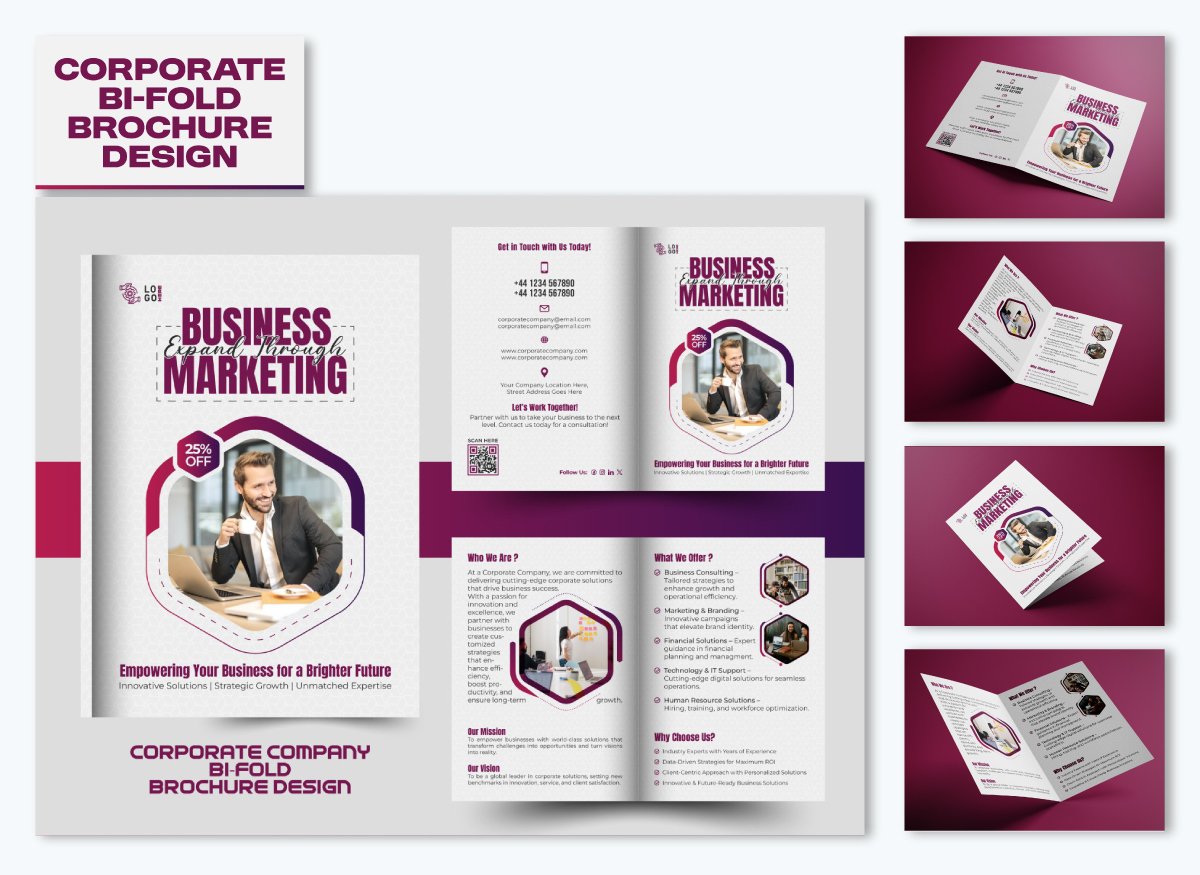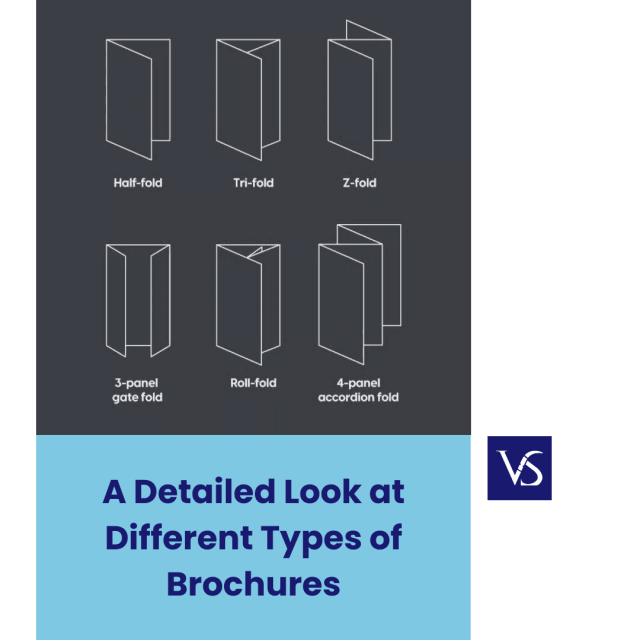Different Types of Brochure Folds Explained

Brochures are a powerful marketing tool that can effectively communicate your brand message, showcase products, or provide essential information. One of the key elements that influence a brochure’s impact is its fold type. Understanding the different types of brochure folds can help you choose the best format for your marketing goals. This article explores the most common brochure folds, their uses, and design considerations.
Common Brochure Fold Types
| Fold Type | Description | Ideal Use Cases | Visual Layout Example |
|—————–|—————————————————————————–|—————————————–|——————————-|
| Bi-Fold | A single fold creating two panels on each side (four panels total). | Simple presentations, menus, flyers | Front | Inside Left | Inside Right | Back |
| Tri-Fold | Divides the brochure into three vertical panels, folding inward. | Product catalogs, event programs | Front | Panel 2 | Panel 3 |
| Z-Fold | Three panels folded in a zigzag pattern, allowing for sequential storytelling.| Step-by-step guides, brochures with multiple sections | Panel 1 | Panel 2 | Panel 3 |
| Gate Fold | Two end panels fold inward to meet in the middle, creating a gate-like opening.| Invitations, high-end brochures | Outer Panels | Center Spread |
| Accordion Fold | Multiple panels folded in a zigzag, similar to Z-fold but with more sections.| Detailed information, maps, timelines | Panel 1 | Panel 2 | Panel 3 | Panel 4 | … |
| Double Parallel Fold | The brochure is folded in half, then folded in half again in the same direction.| Complex information, manuals | Panel 1 | Panel 2 | Panel 3 | Panel 4 |
Detailed Descriptions and Uses
Bi-Fold
The bi-fold brochure is straightforward and elegant, offering four panels for content. It’s perfect for simple messages or when you want to highlight a few key points without overwhelming the reader.
Tri-Fold
One of the most popular folds, the tri-fold divides the brochure into three vertical sections. It’s versatile and compact, making it ideal for product catalogs, event programs, or informational pamphlets.
Z-Fold
The Z-fold creates a zigzag effect, allowing readers to unfold the brochure in a sequence. This fold is excellent for storytelling or step-by-step instructions, guiding the reader through the content naturally.
Gate Fold
Gate folds open like double doors, creating a dramatic reveal. This style is often used for invitations or luxury brochures where the presentation is as important as the content.
Accordion Fold
With multiple panels folded in a zigzag, accordion folds are great for detailed information that requires more space, such as maps or timelines.
Double Parallel Fold
This fold involves folding the brochure in half twice in the same direction, resulting in a compact format that can hold complex information without appearing cluttered.
Design Tips for Brochure Folds
- Consider your content: Choose a fold that complements the amount and type of information.
- Visual flow: Ensure the fold guides the reader naturally through the content.
- Paper quality: Heavier paper stocks work well for intricate folds.
- Print alignment: Precise printing is crucial to maintain fold accuracy.
Frequently Asked Questions (FAQ)
Q1: Which fold is best for a product catalog?
A: The tri-fold is often preferred due to its compact size and clear panel division.
Q2: Can I use multiple fold types in one brochure?
A: While possible, it’s best to stick to one fold type for consistency and ease of reading.
Q3: How does fold type affect printing costs?
A: More complex folds like gate or accordion folds may increase printing and finishing costs.
Q4: What paper thickness is recommended for brochures?
A: Typically, 80-100 lb text weight paper is used, but heavier stocks are better for durability and premium feel.
Choosing the right brochure fold can significantly enhance your marketing materials’ effectiveness by improving readability and visual appeal. Consider your content, audience, and budget when selecting the fold type to ensure your brochure makes a lasting impression.
